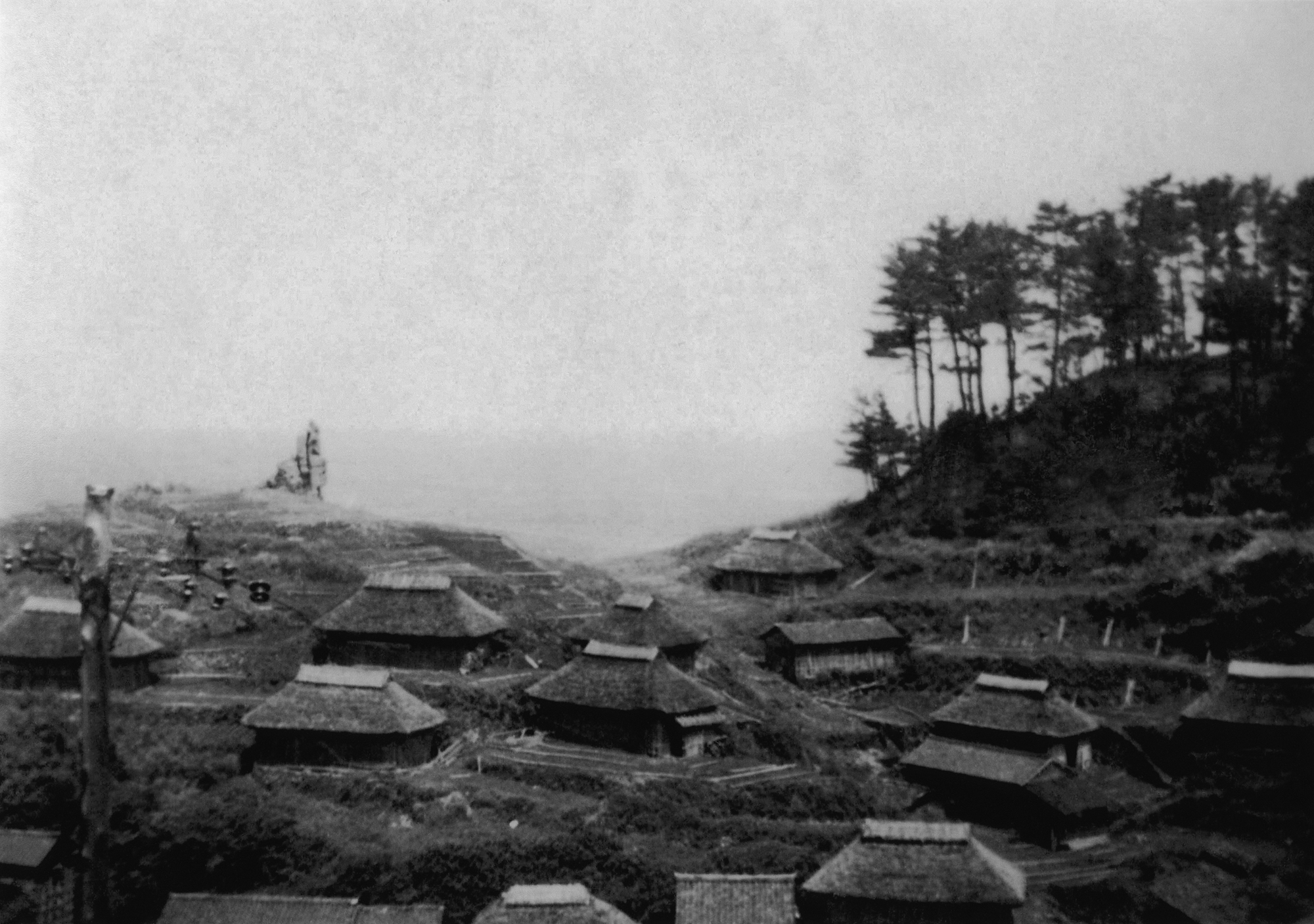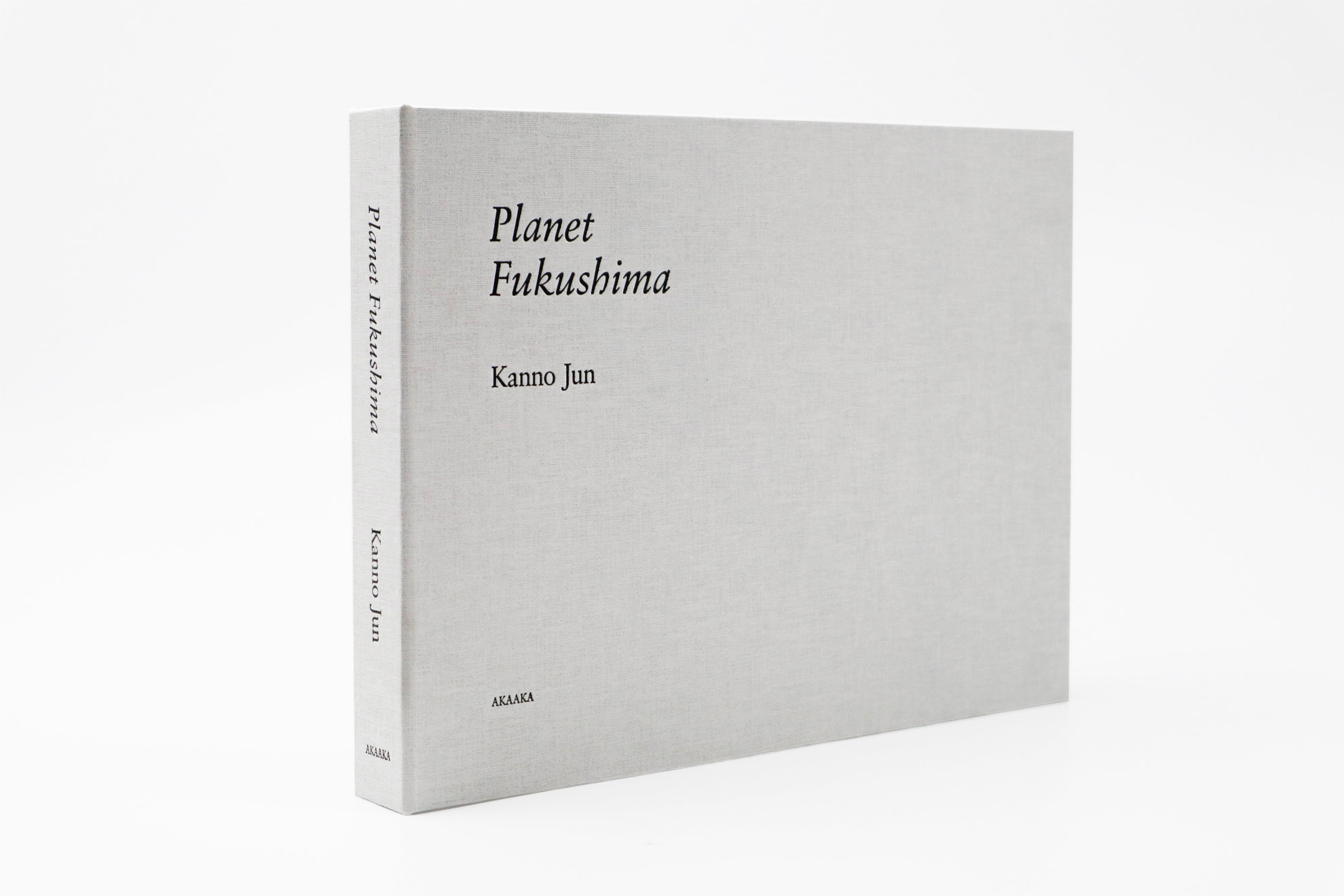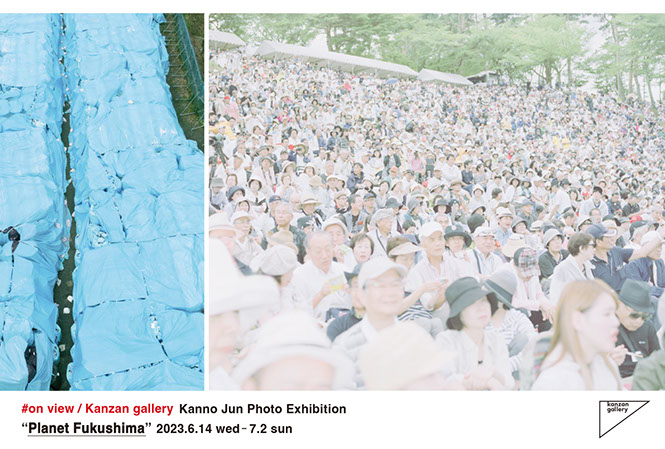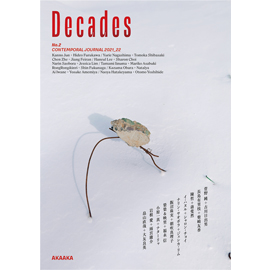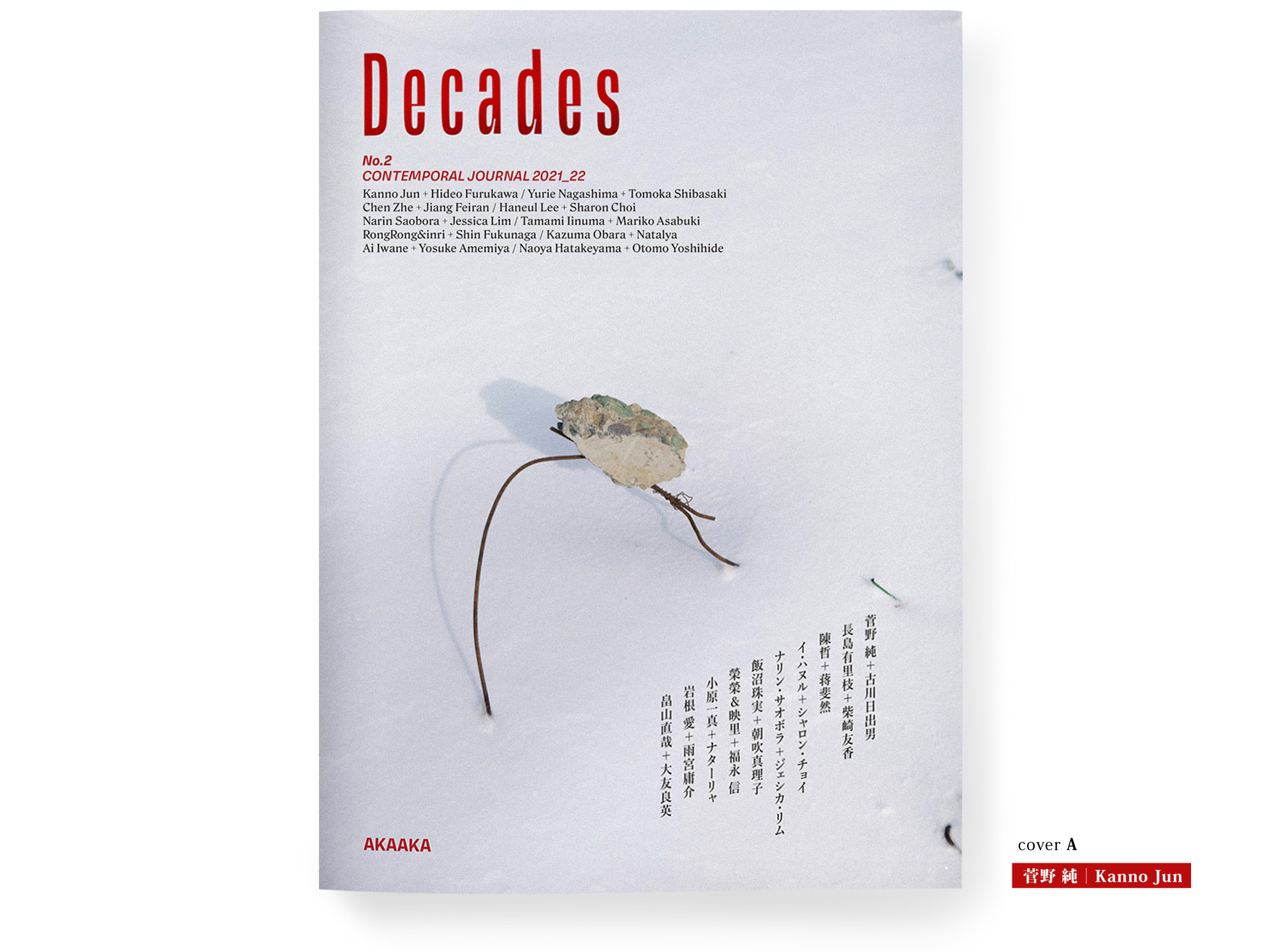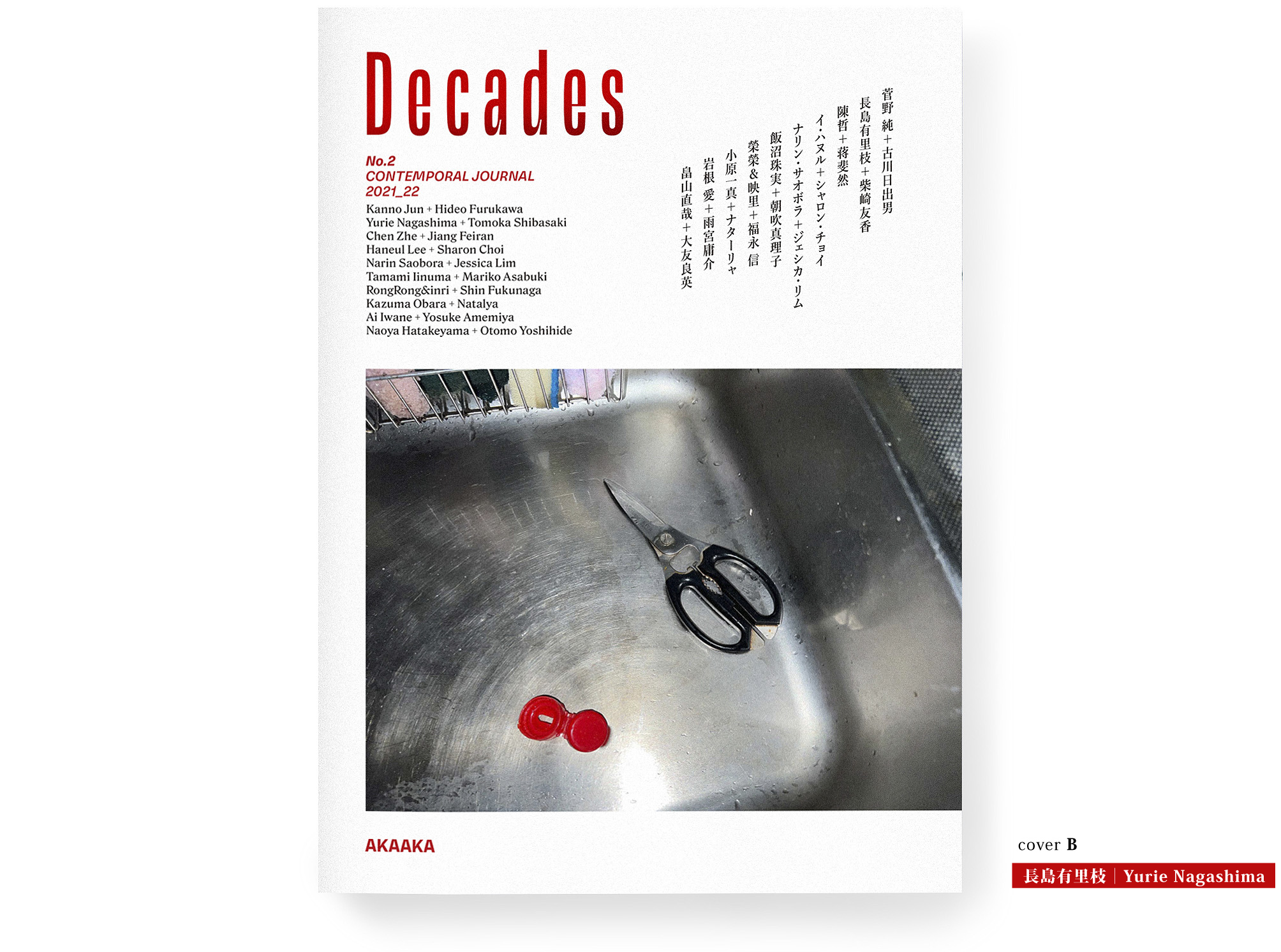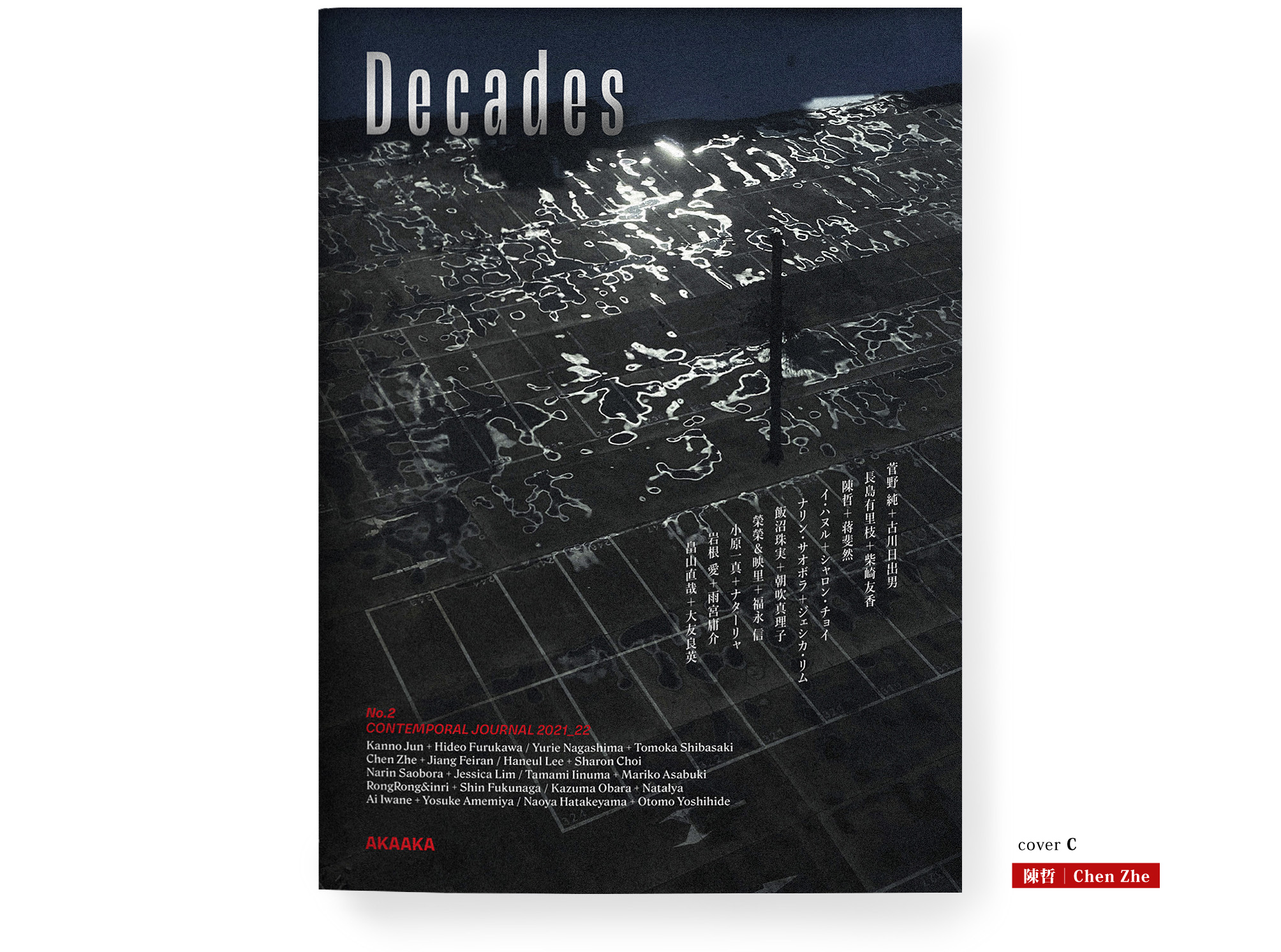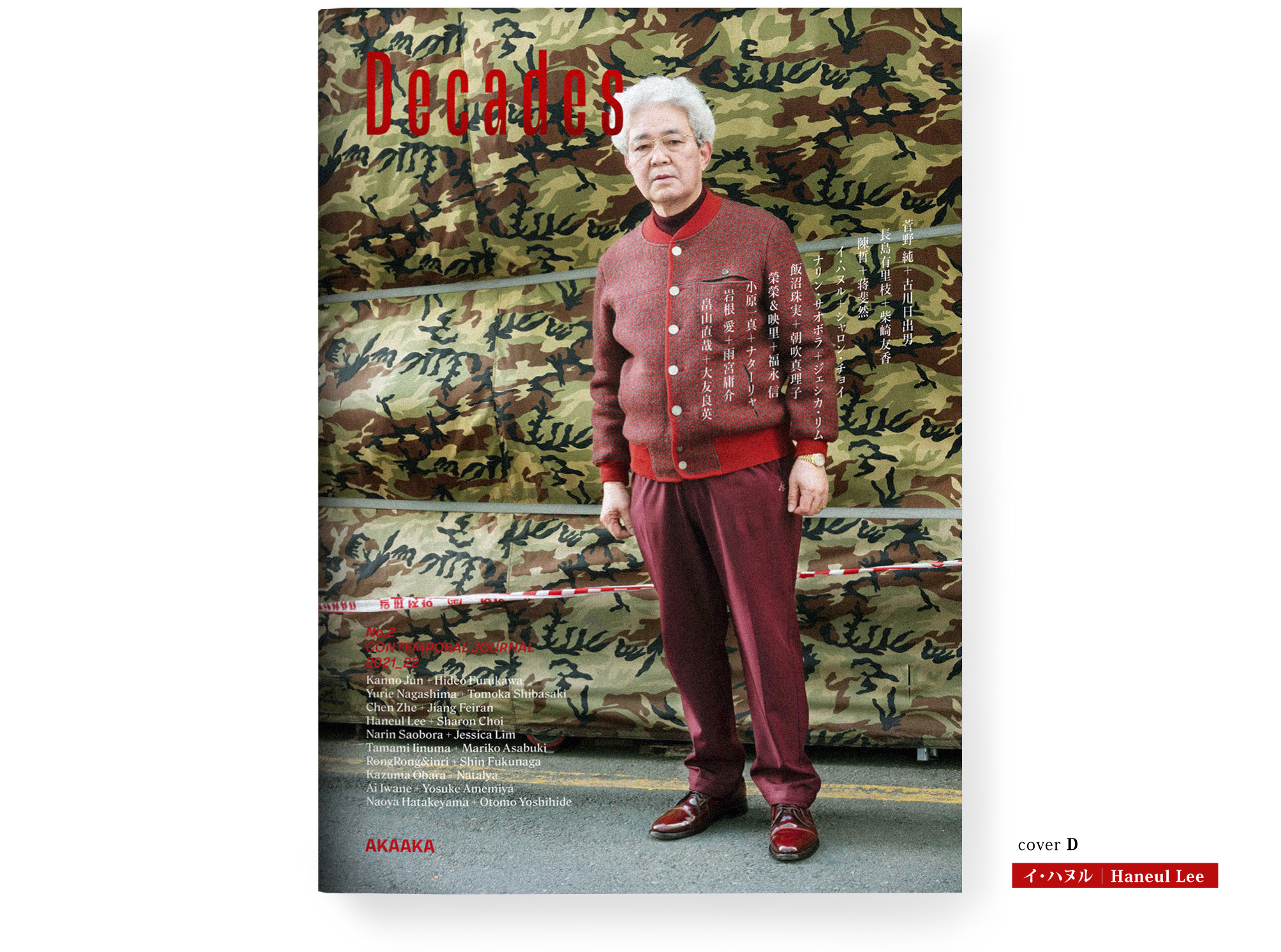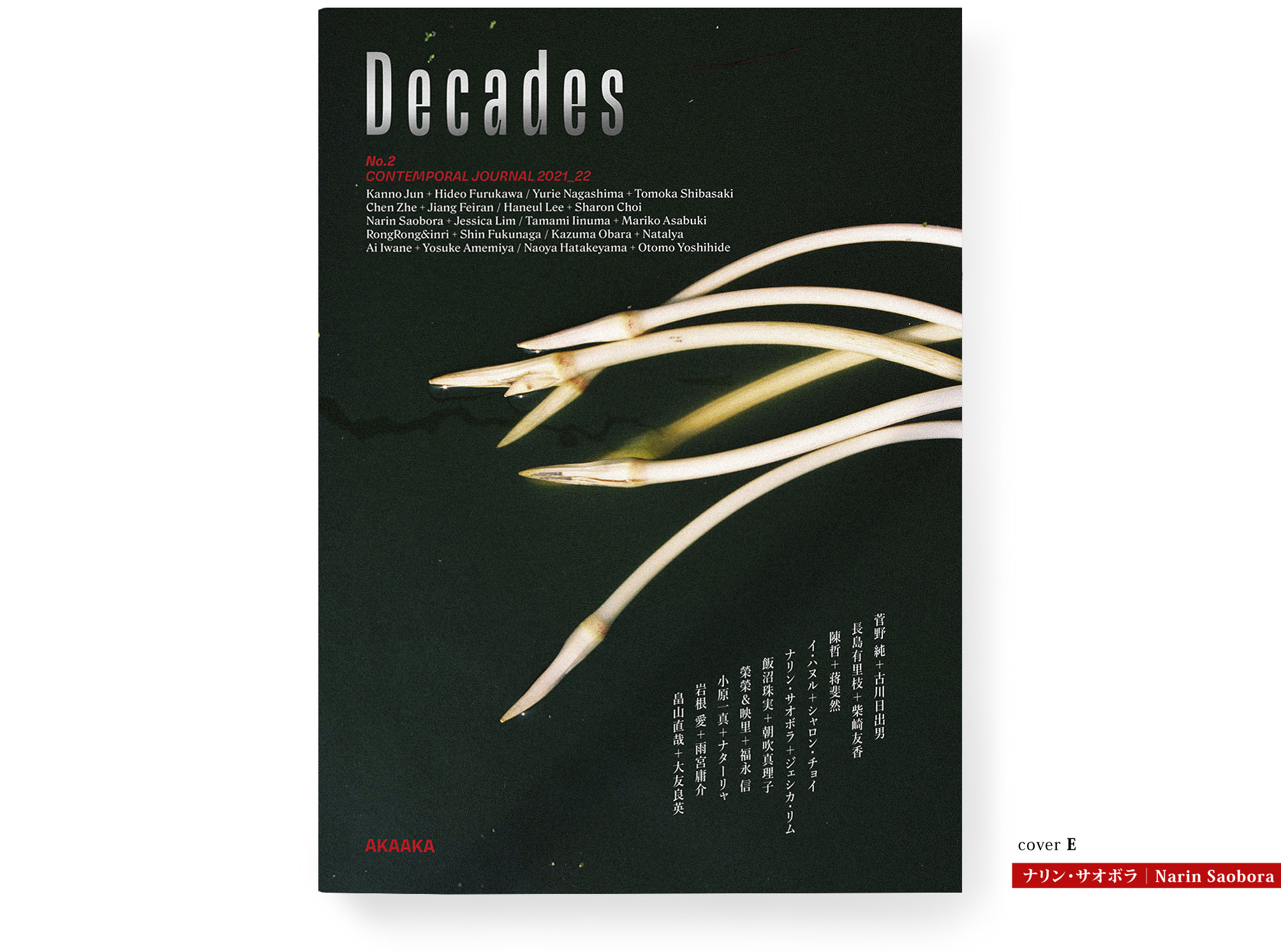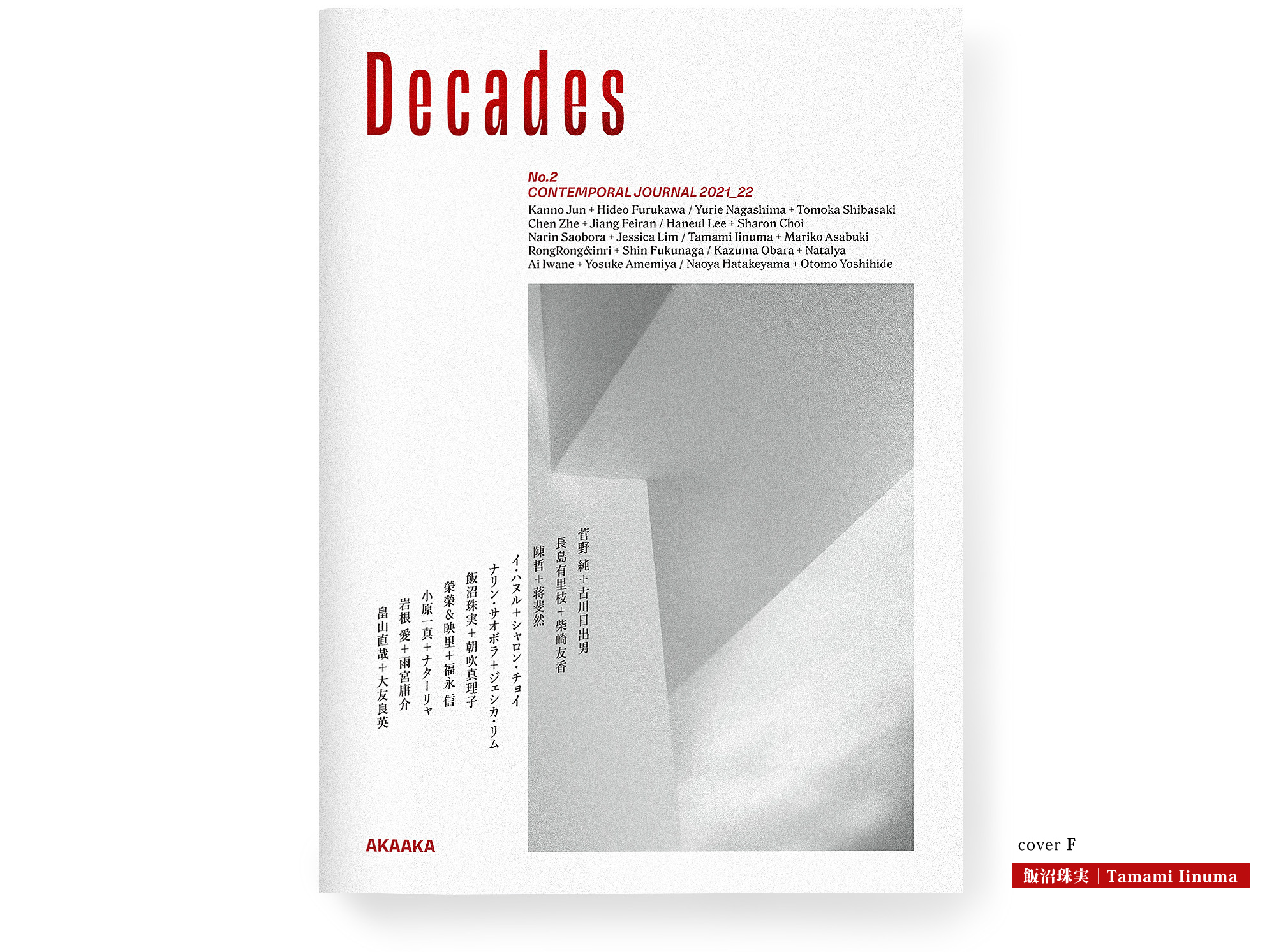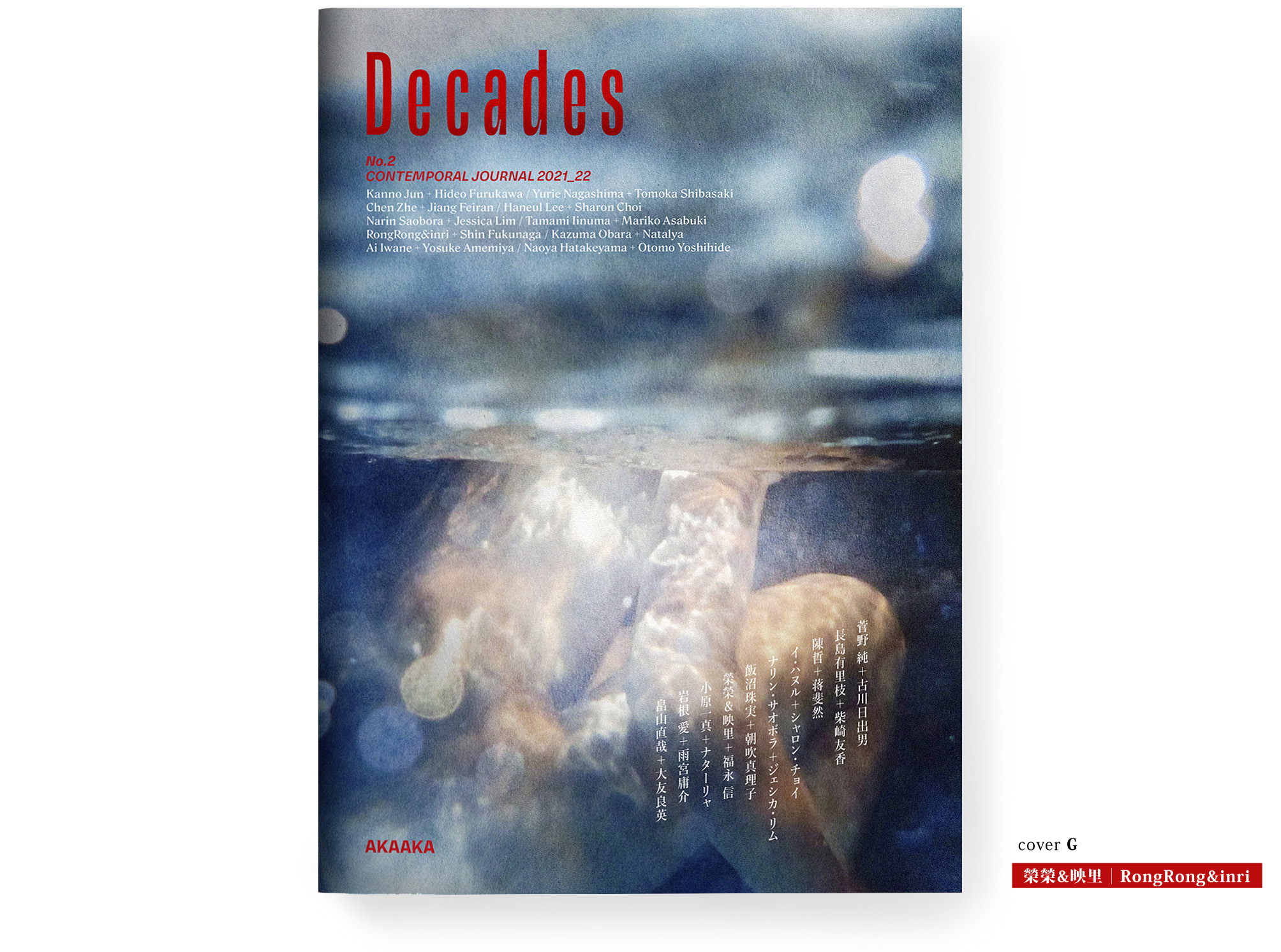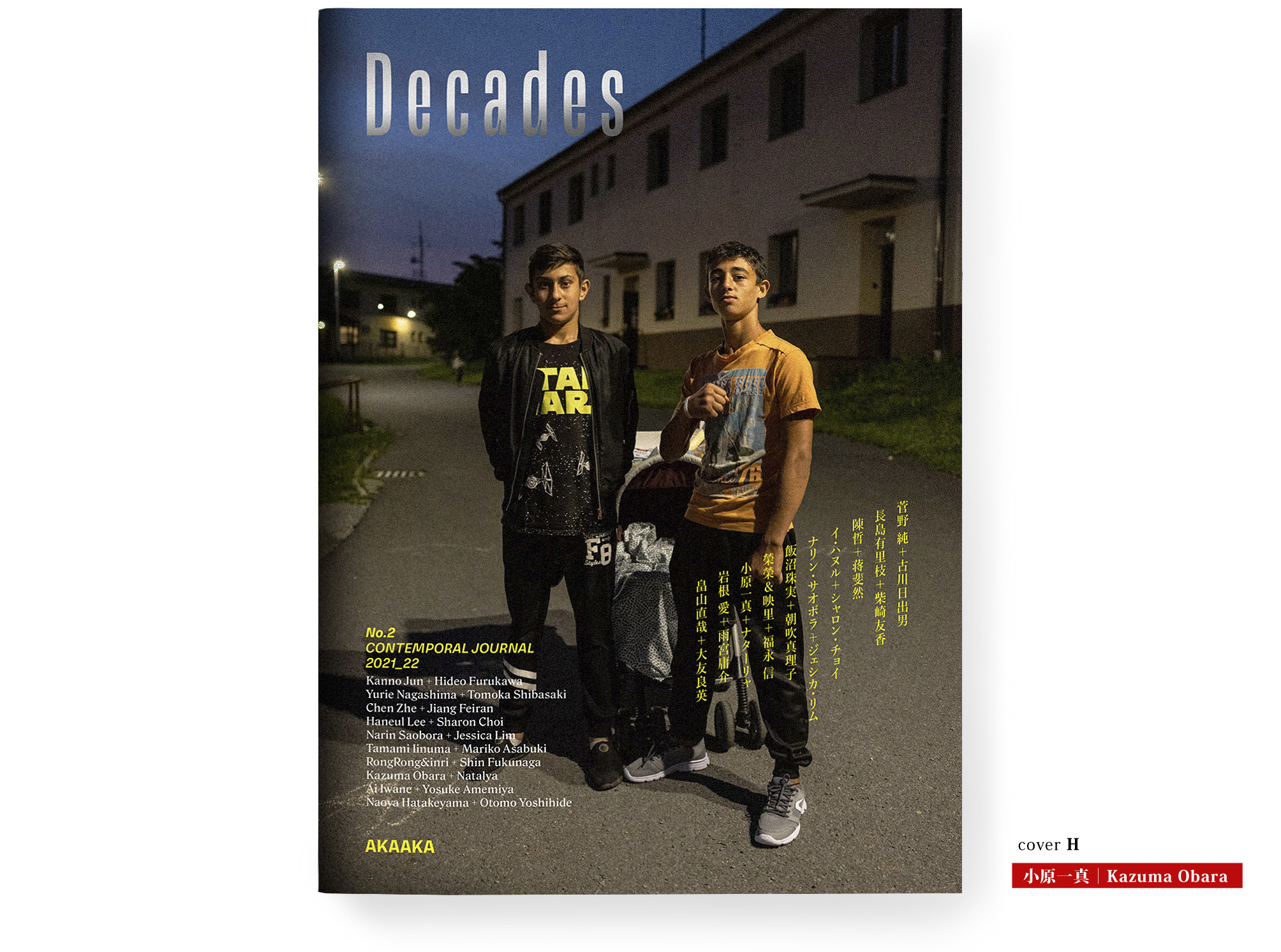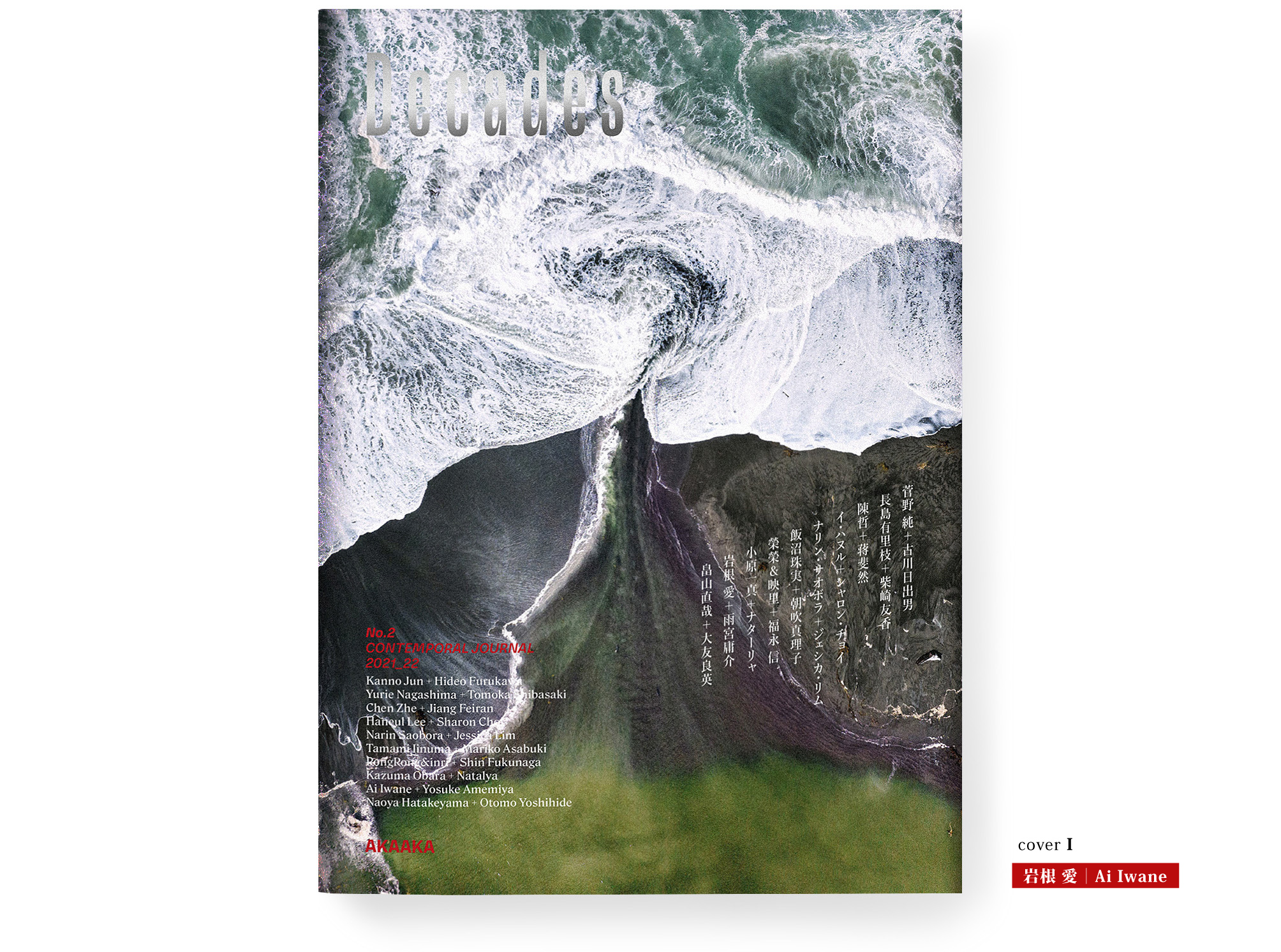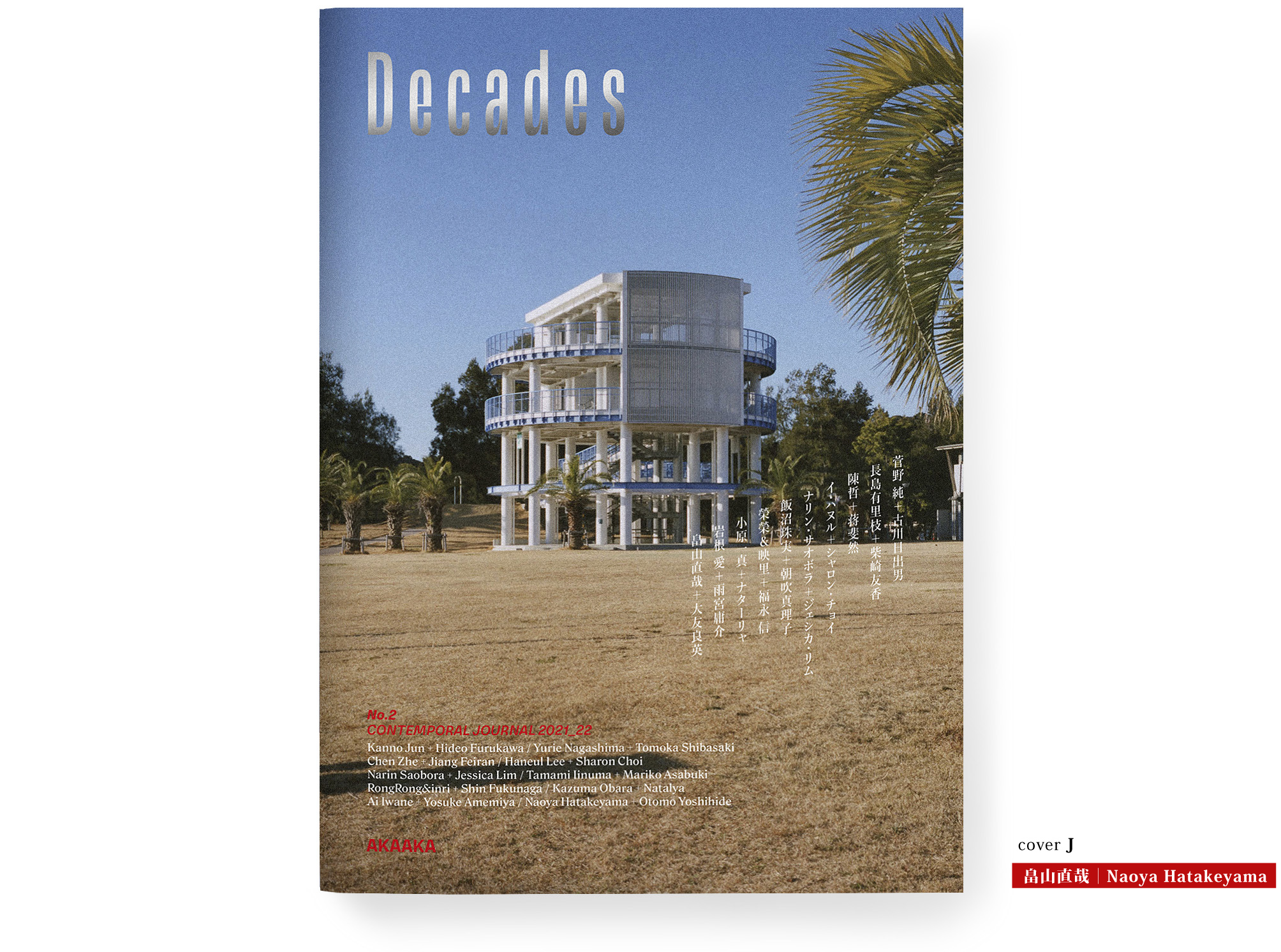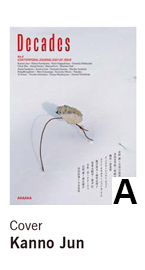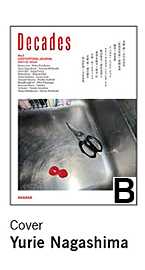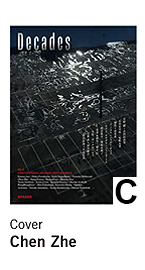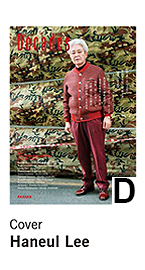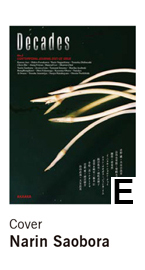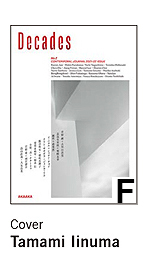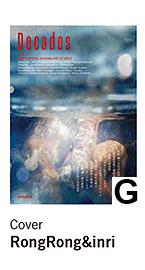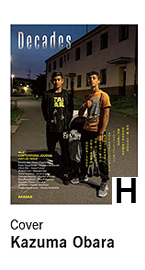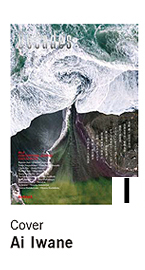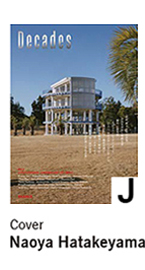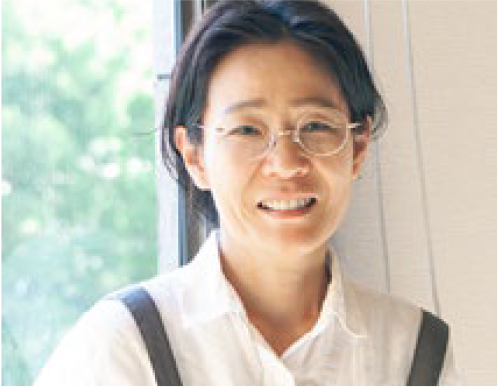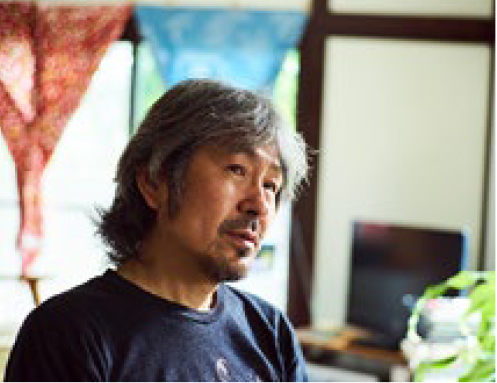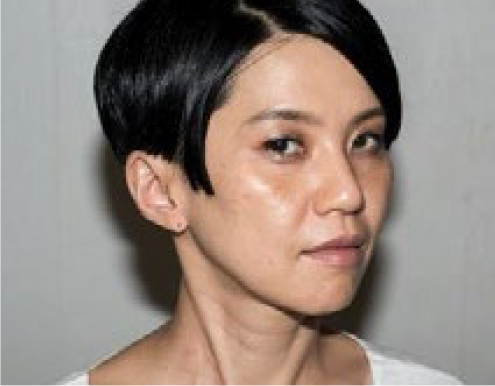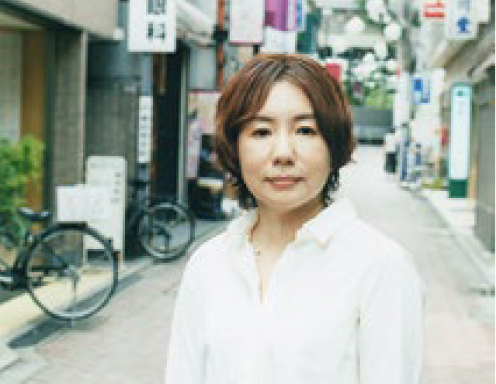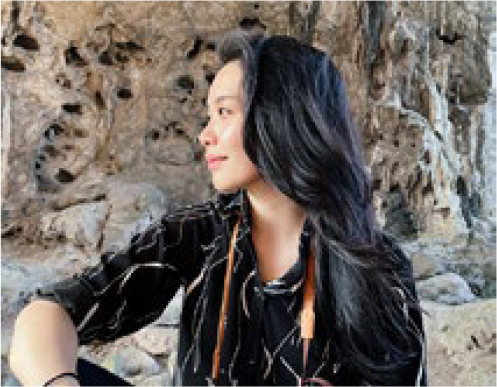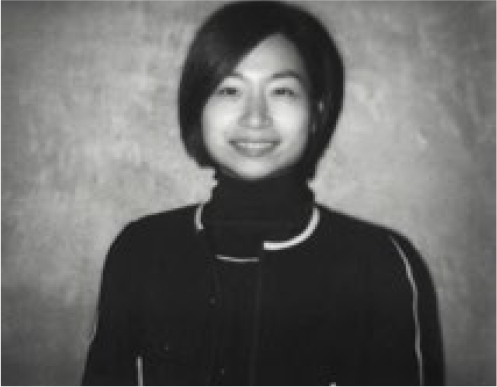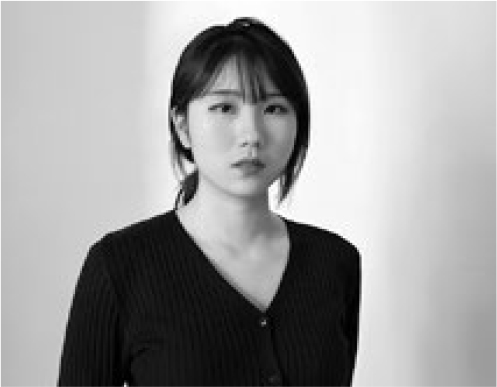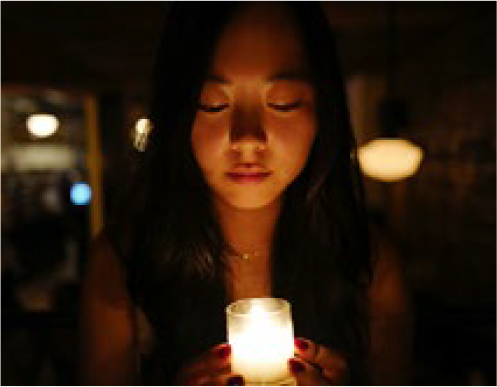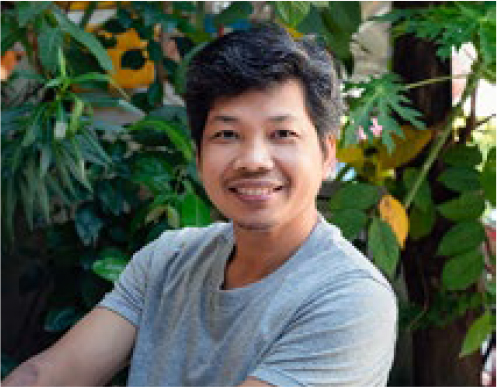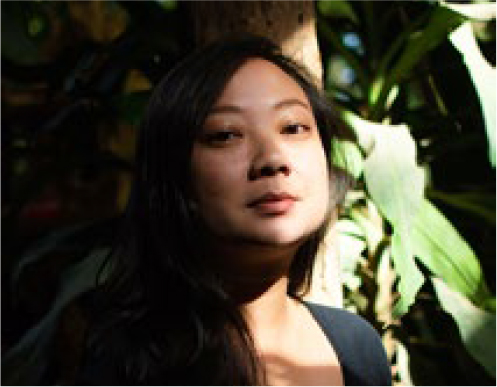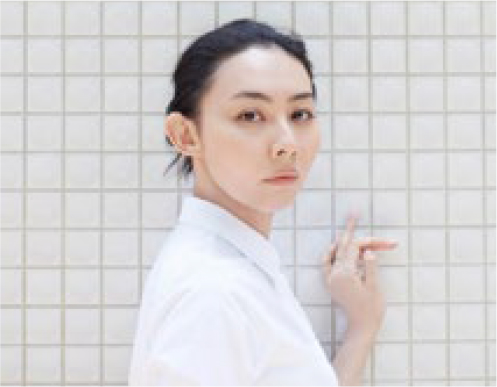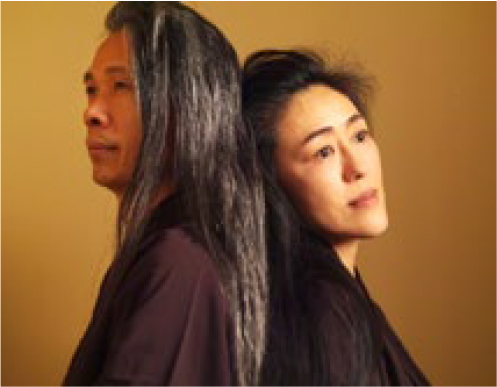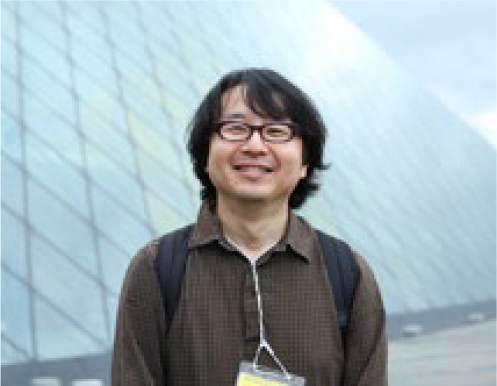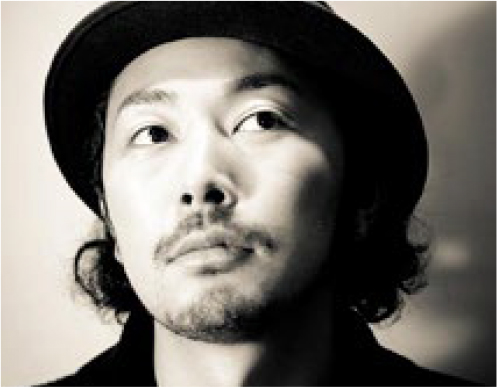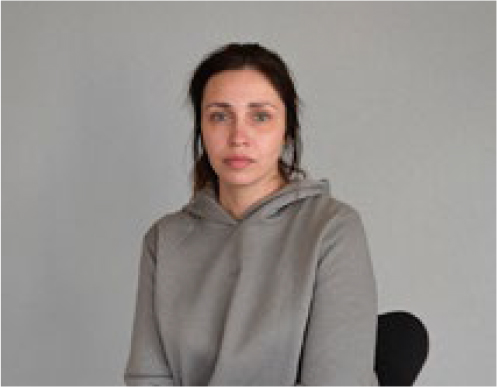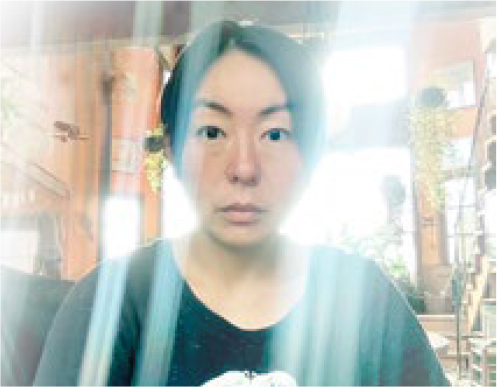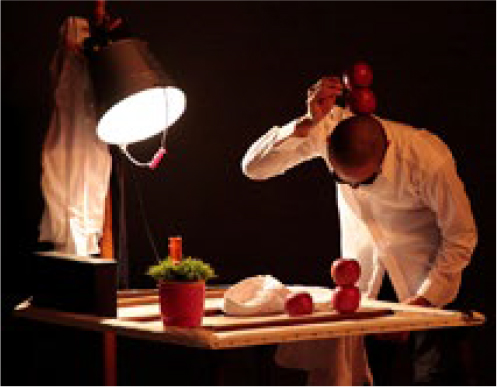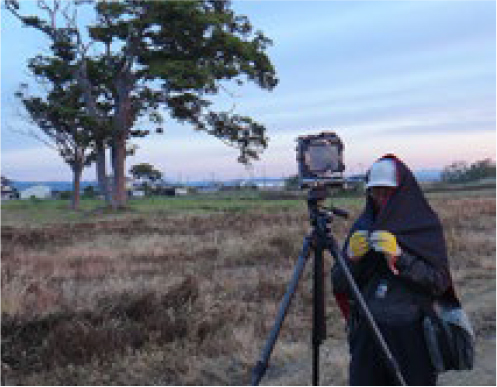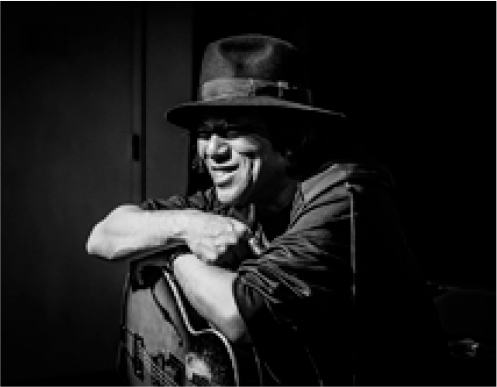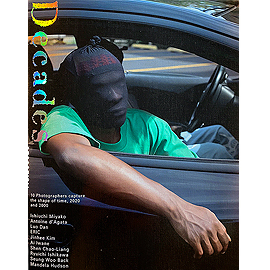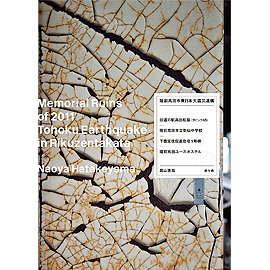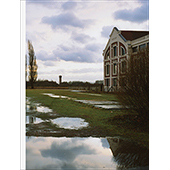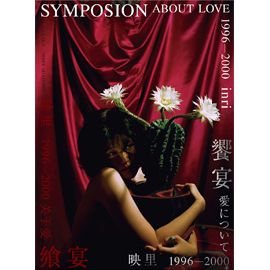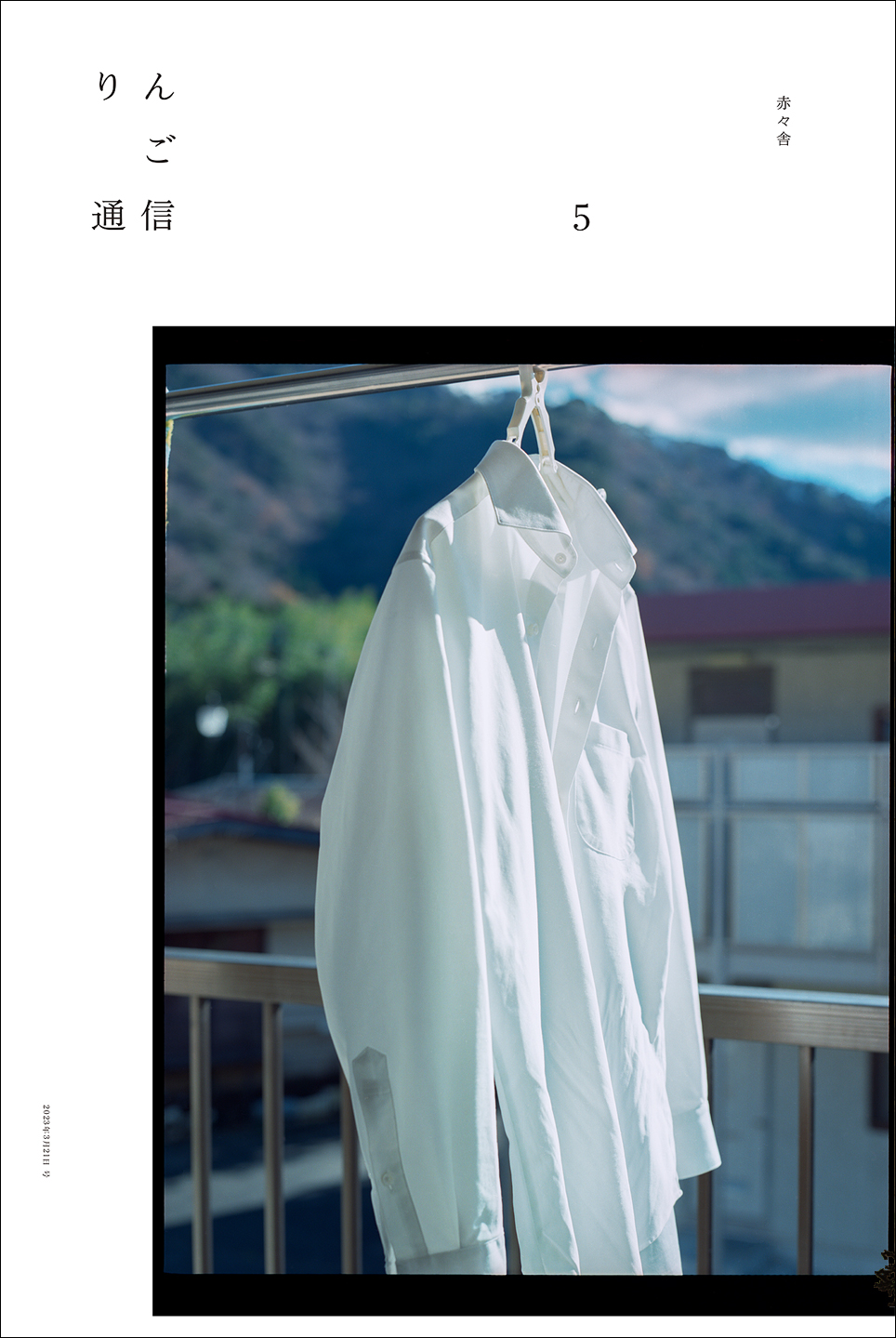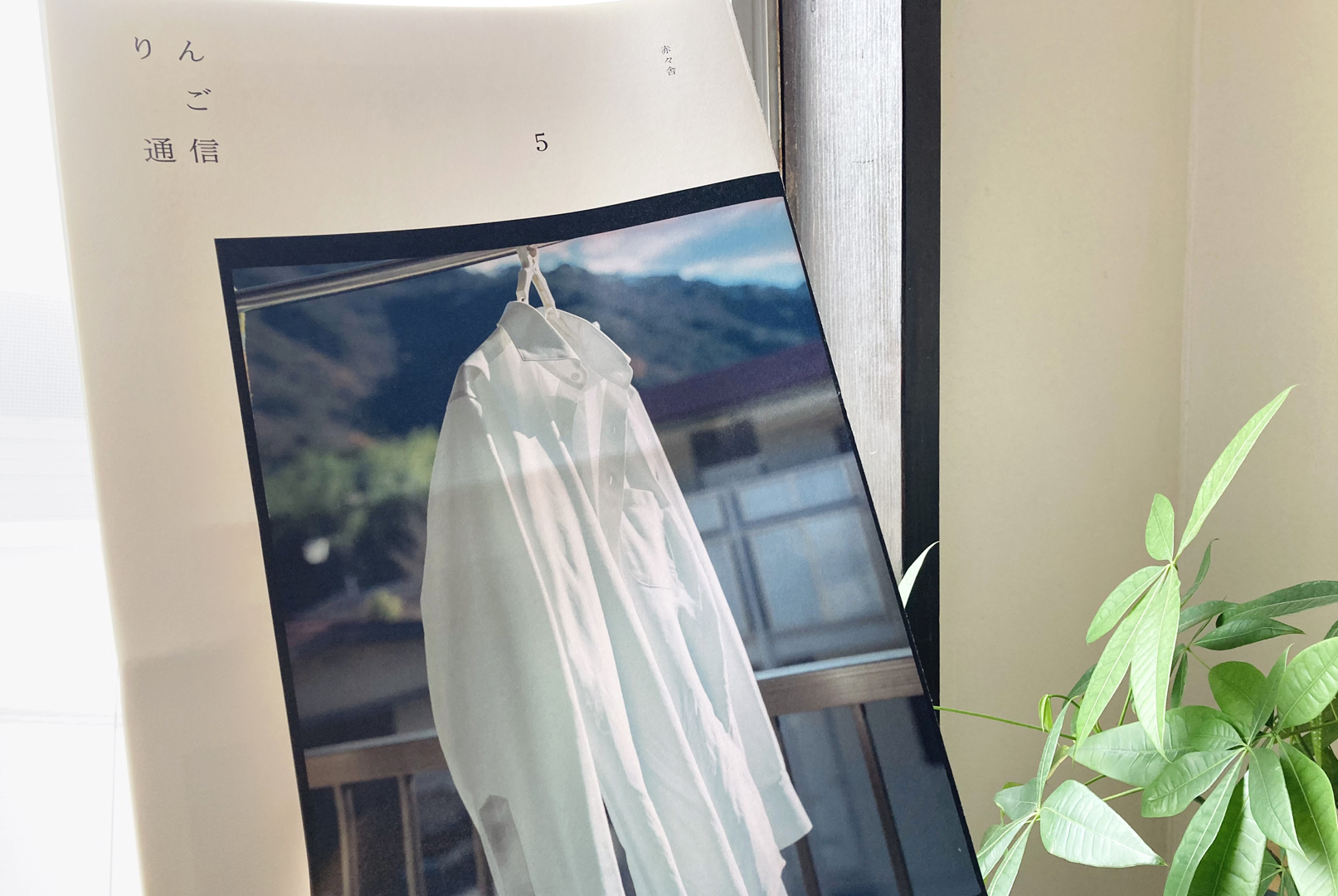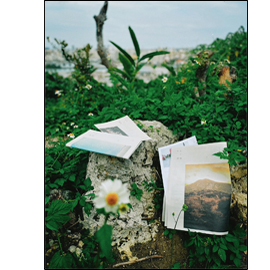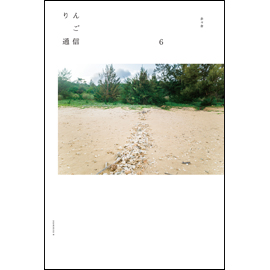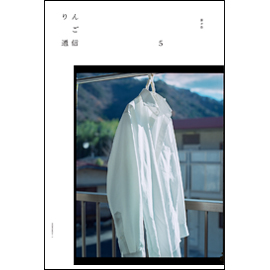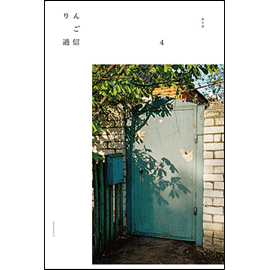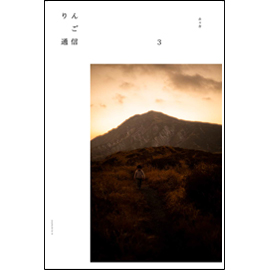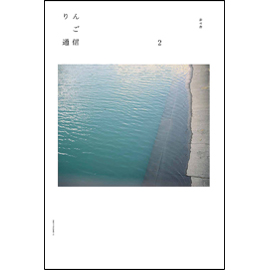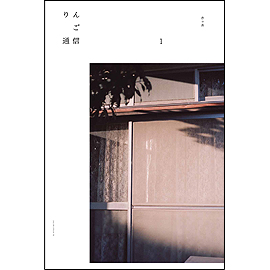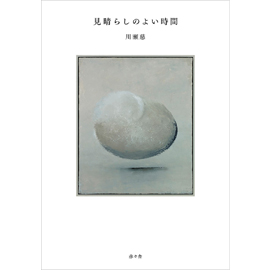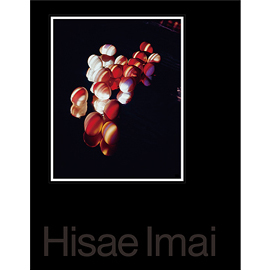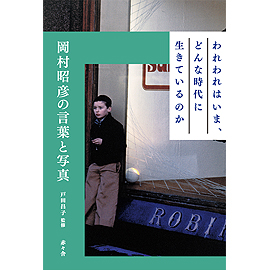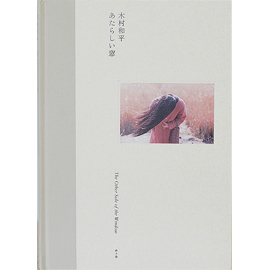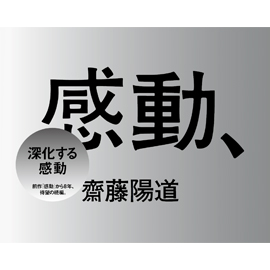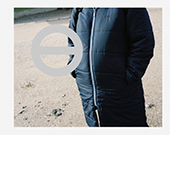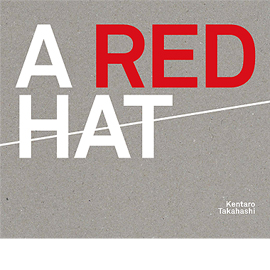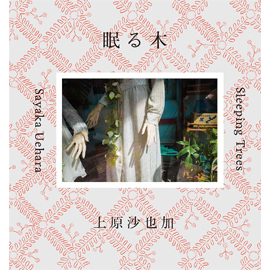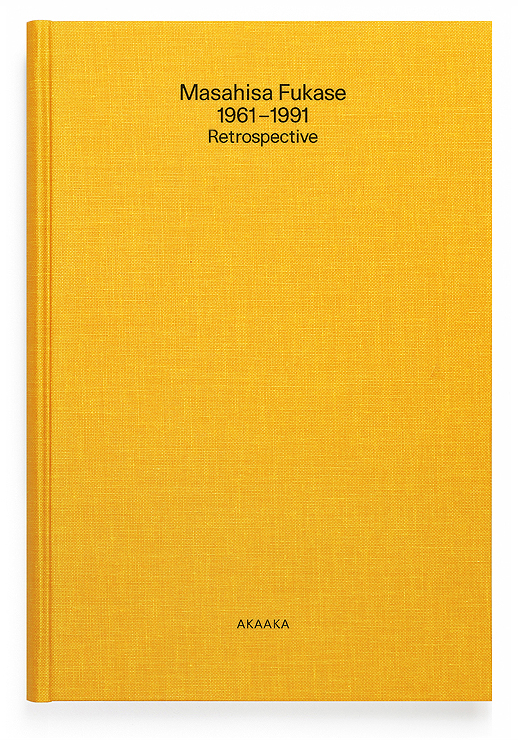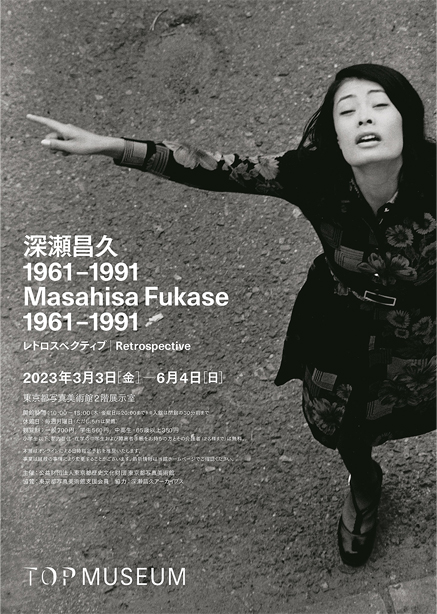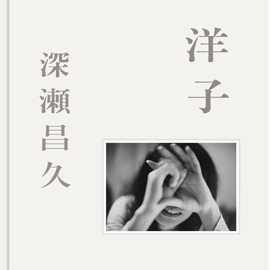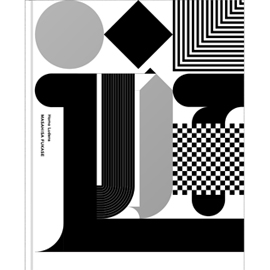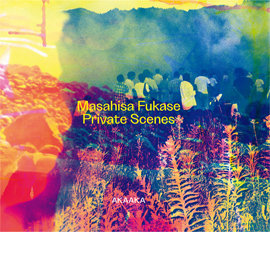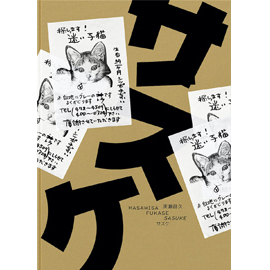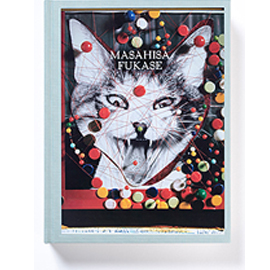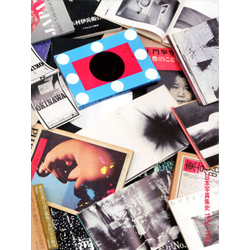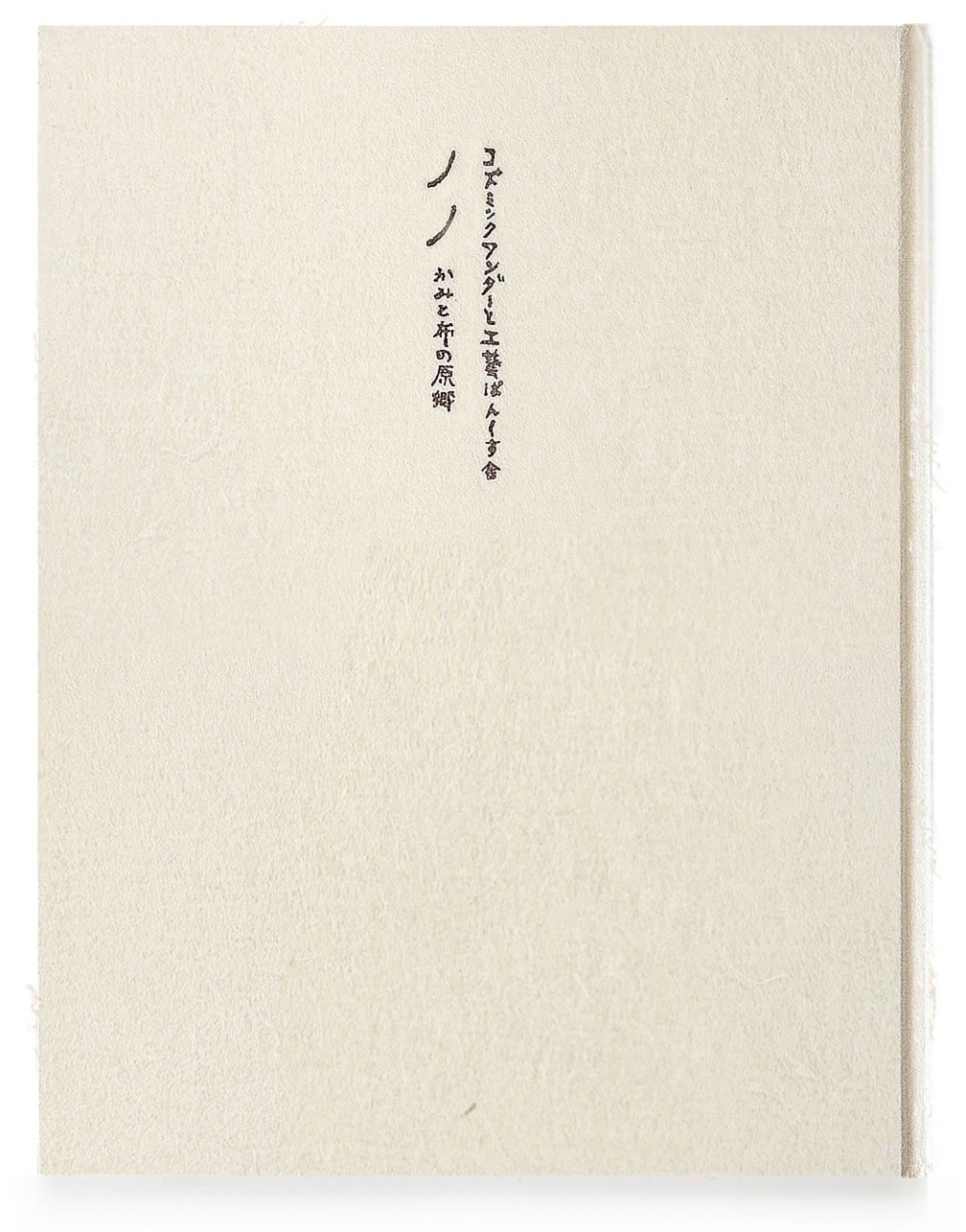
『ノノ かみと布の原郷』
Book Design:吉村麻紀 表紙和紙:中村 功 発行:赤々舎 Size: H265 mm × W210 mm Page:176 pages Binding:Hardcover with Kozo tree paper Published in March 2023 ISBN:978-4-86541-168-3 |
¥ 5,000+tax
国内送料無料! お支払い方法は、銀行振込、郵便振替、 クレジットカード支払い、PayPal、PayPay よりお選び頂けます。 |
|---|
About Book
原始の布とかみ、そしてそれらに共鳴して生み出された作品から見つめる未来
2021年3月、島根県立石見美術館で開催された「コズミックワンダーと工藝ぱんくす舎 ノノ かみと布の原郷」展は、日本の様々な地域に残された「自然布」から、各地の風土と一体となった人々の暮らしや自然観、精神性をみつめ、人と自然とのこれからの関係について展望しようとするものでした。本書は、その展示に際し企画され、2年の歳月を経て刊行される図録にあたります。
|
執筆:工藝ぱんくす舎、安西篤子、廣田理紗(島根県立石見美術館) 編集:廣田理紗、奥田きく(COSMIC WONDER) ノノ お水えの和紙(7p 貼込み): 大麻布紙 紙漉き:前田崇治 翻訳:江口研一、奥田きく、スティーブン・スプロット 写真:隅田正三、仲川あい、前田征紀、長島有里枝、志村信裕、加藤文崇 題字:石井直人 |
Texts:Kogei Punks Sha, Atsuko Anzai, Risa Hirota (Curator, Iwami Art Museum) Editing:Risa Hirota. Kiku Okuda (COSMIC WONDER) NONO OMIZUE Washi Paper (Included on p.7): Taima (hemp) cloth paper Paper making:Takaharu Maeda Translation:Kenichi Eguchi, Kiku Okuda, Stephen Sprotto Photography: Shozo Sumita,Ai Nakagawa,Yukinori Maeda, Yurie Nagashima, Nobuhiro Shimura, and Fumitaka Kato Title logo: Naoto Ishii |
NONO a native spirit of Kami and Cloth
COSMIC WONDER with Kogei Punks Sha
This publication is the catalogue of the exhibition "NONO a native spirit of Kami and Cloth" by COSMIC WONDER with Kogei Punks Sha. The exhibition was held at the Shimane Iwami Art Museum in March 2021. In preparation for the exhibit, Kogei Punks Sha spent two years traveling around Japan and researching native fabrics, handmade papers, and sites where ancient spirits dwell. The exhibition and this catalogue were shaped by their unique interpretations of spirituality.
In the past, people spun fibers from plants taken from their immediate surroundings, making fabrics, and then constructing clothing and tools to sustain their lives.
These native fabrics can be made from Fuji (wisteria), Kuzu (kudzu), Kaji tree (paper mulberry), Kozo tree (paper mulberry), Taima (hemp), Choma (ramie), Shina (linden), Basho (banana), and Ohyo (elm), to name a few deeply reflect the culture unique to each area and the practices nurtured them. Making native fabrics by hand starts with producing the fiber, which requires much perseverance, and one cannot imagine how much work it would take if it were done today. Such precious fabrics have been highly regarded and cherished in their home regions. In Shimane, where there is a tradition of fuji-ori (wisteria weaving), the worn boro fabric was battered back to pulp. When it is used to the end, nothing goes to waste. Today, we have come to a stage where we need to reevaluate the relationship we have between nature and man.
What do they show us now, these fabrics that exist from the times we were nurtured by the nature around us and cherished what we had? In present times, where there is an abundance of information, the future options we can choose from may be reflected in the very presence of these native fabrics and handmade papers.
The catalogue is offset printed with additional stencil printing. The cover is letterpress printed on washi (paper) by Isao Nakamura of the Haigyu Area, Tokushima Prefecture, Also included is a special insert of washi made of fibers from beaten taima-fu (hemp cloth) by Takaharu Maeda of Karatsu City, Saga Prefecture.
Related Exhibiton
|
コズミックワンダーと工藝ぱんくす舎 「ノノ かみと布の原郷」 図録出版記念展 会期:2023年5月27日(土)〜 6月4日(日) 時間:11:00~18:00 会場:gallery白田(京都府船井郡京丹波町森山田7) コズミックワンダーと工藝ぱんくす舎 ノノ かみと布の原郷 会期 : 2021年 3月20日(土・祝)- 5月16日(日) 会場:島根県立石見美術館 展示室C(島根県芸術文化センター「グラントワ」内) |
島根半島沖泊地区、漁の乾燥小屋
(藤布の漁網が使われていたと思われる昭和20-30年頃の風景) |
Artist Information
COSMIC WONDER
1997年、前田征紀を主宰として設立。「精神に作用する波動」としての衣服、美術、書籍など多岐にわたる表現領域により展開。2007年、東京・南青山に「Center for COSMIC WONDER」を開設、活動と発表の拠点とする。2016年より京都・美山の重要伝統的建造物群保存地区の古民家と工場跡を製作スタジオにする。主な展覧会として、2017 年に「COSMIC WONDER 充溢する光」(島根県立石見美術館)、2019年に「COSMIC WONDER Harmonic Meditation」(香港・Taka Ishii Galley)を開催。
工藝ぱんくす舎
前田征紀と石井すみ子による精神の空間を創造する美術ユニット。工藝デザイナーの石井は手仕事の可能性を作り手と共に考え、紹介する場とし京都・京丹波にgallery 白田を開廊。2015年「ミエルかみ」展(京都・ gallery 白田)における「かみのひかりのあわ水会」を契機に工藝ぱんくす舎を結成。手漉きの紙、自然布について研究と制作を行う。主な展覧会として、2016年「お水えいわみのかみとみず」(島根県立石見美術館)、2017年「かみ」(銀座・資生堂ギャラリー)、2021年「ノノかみと布の原郷」(島根県立石見美術館)を開催。
COSMIC WONDER
COSMIC WONDER was founded in 1997 by Yukinori Maeda. COSMIC WONDER is a conceptual project comprising various modes of expression from clothing, artwork and publishing to performance. In 2007, The "Center for COSMIC WONDER," located in Minami Aoyama, Tokyo, functions as a site for activities and presentations. In 2016 COSMIC WONDER moved its studio to a traditional house and workshop in Miyama, a remote village in the mountains north of Kyoto, which is designated as a national preservation district of historic buildings. Exhibition include:"COSMIC WONDER: Lightness of Light" at the Iwami Art Museum (2017),"COSMIC WONDER Harmonic Meditation" at Taka Ishii Gallery, Hong Kong (2019).
Kogei Punks Sha
Kogei Punks Sha is an artistic unit creating space for human spirit. Formed by Yukinori Maeda and Sumiko Ishii. (Founder of gallery hakuden and Craft designer). Ishii opened gallery hakuden in Kyotamba, Kyoto, as a place to think about and introduce the possibilities of handmade work together with the artists. In 2015,"Kami-no-hikari-no-awa Water Ceremony" at the "MIERU kami" exhibition (gallery hakuden, Kyoto) was the occasion to form Kogei Punks Sha. We researches and produces handmade paper and native cloths. Exhibition include:"Omizue: Iwamino-kamito- mizu" at Iwami Art Museum (2016) and "Kami" at SHISEIDO GALLERY, Ginza (2017),"NONO a native spirit of Kami and Cloth" at the Iwami Art Museum (2021).

